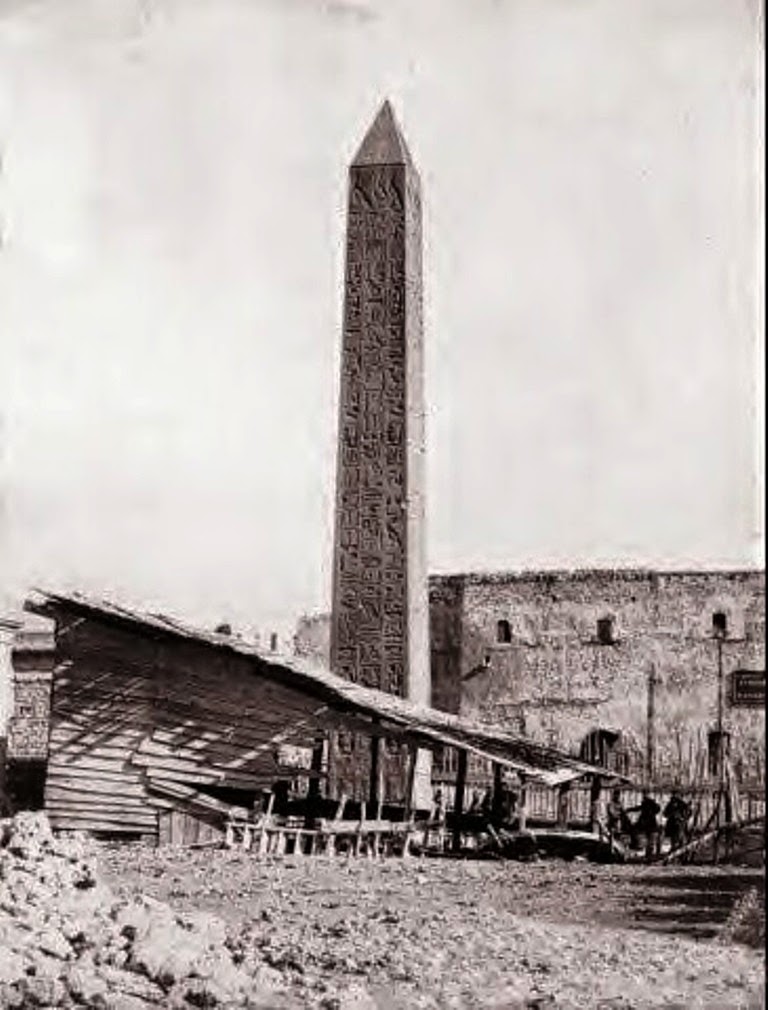Bahiga
Hafez, (1908- 1983) her real name Bahiga Ismail Hafez, Alexandrian
Egyptian actress. ٍٍShe was producer, actor, editor, costume designer, pianist and violinist
and music composer. She was a respectable from a well-established
Alexandrian aristocratic family spoke Arabic, English, french and
Italian as a good representation of the Alexandrian cosmopolitan spirit.
She studied in Alexandrian language school. She was also taught music at a very early age and learned to appreciate
the arts as she was brought up in an artistic milieu created by her
father who was a patron of the arts and encouraged promising young
artists, among whom were Abdel Hai Helmi and Abdou el Hamouli, at his
house in Moharrem Bey. She turned her house into a place where writers, poets and artists met.
She married
in a very young age to Iranian prince but their marriage didn't last
for too long. She studied music and had a degree in music. Hafez took
part in seven films, the first of which was Zeinab directed by Mohamed
Karim in 1930, based on a novel- by Doctor Mohamed Hussein Heikal. It is
considered the first Egyptian film adaptation of a novel.
Bahiga Hafez, the first Egyptian woman of aristocratic birth to act in
the cinema, directed, produced and edited her films, and designed the
costumes. She also composed the sound tracks, and on account of her
stunning compositions, was given honorary membership by La in Societe
des Auteurs de Musique de France.
بهيجة حافظ فنانة متميز سكندرية من مواليد عام 1908 بحي محرم بك بالإسكندرية، لأسرة من الأعيان؛
حيث كان والدها إسماعيل باشا محمد حافظ ناظر الخاصة السلطانية في عهد السلطان
حسن كامل وابن خالتها إسماعيل صدقي رئيس وزراء مصر الأسبق، ثم تزوجت أمير
إيراني ولكنهما انفصلا سريعًا، فعادت إلى الإسكندرية.
وبعد وفاة والدها درست الموسيقى على يد المايسترو الإيطالي جيوفاني
يورجيزي بدار الأوبرا، لتسافر بعد ذلك إلى فرنسا وتحصل على دبلومة التأليف
الموسيقي وعزفت أول مقطوعة موسيقية من تأليفها وأطلقت عليها «بهيجة»، فكانت
بذلك أول مصرية تؤلف اسطوانة موسيقية عام 1926.
وبعدها اتجهت الفنانة المصرية للسينما وكان فيلم «زينب» الصامت عام 1930
هو أول بطولة لها، ثم حصلت على واحدة من أولى الجوائز المقدمة للعاملين
بصناعة السينما من لجنة مراقبة التمثيل بوزارة المعارف المصرية و كانت عن
فيلم «الضحايا» عام 1933.
ثم أنشأت الفنانة المصرية شركة «فنار فيلم» للإنتاج السينمائي وأنتجت
فيلم «ليلي بنت الصحراء»، والذي تكلف نحو 18 ألف جنيه مصري، وهو مبلغ ضخم
قياسًا بإنتاج تلك الفترة، وقد لاقى نجاحًا كبيرًا وعُرض في «مهرجان برلين
الدولي» كأول فيلم عربي ناطق يعرض في هذا المهرجان ويحصل علي جائزة ذهبية.
كما رشح الفيلم للعرض في «مهرجان البندقية» وبعد سفرها وزوجها إلى
إيطاليا للاشتراك في المهرجان صدر قرار عاجل من وزارة الخارجية المصرية
بمصادرة الفيلم ومنع عرضه في الداخل والخارج لأسباب سياسية؛ فبعد عرضه
الأول اعتبرته الحكومة الإيرانية آنذاك مسيئًا لتاريخ «كسرى أنوشروان» ملك
الفُرس القديم وصدر قرار منع الفيلم ابان زواج شاه ايران من الاميرة فوزية مجاملة للحكومة الايرانية فكان له تاثير فائق على شهرة بهيجة حافظ وان كانت الحكومة المصرية تكفلت بدفع خسائر بهيجة حافظ.
.


















